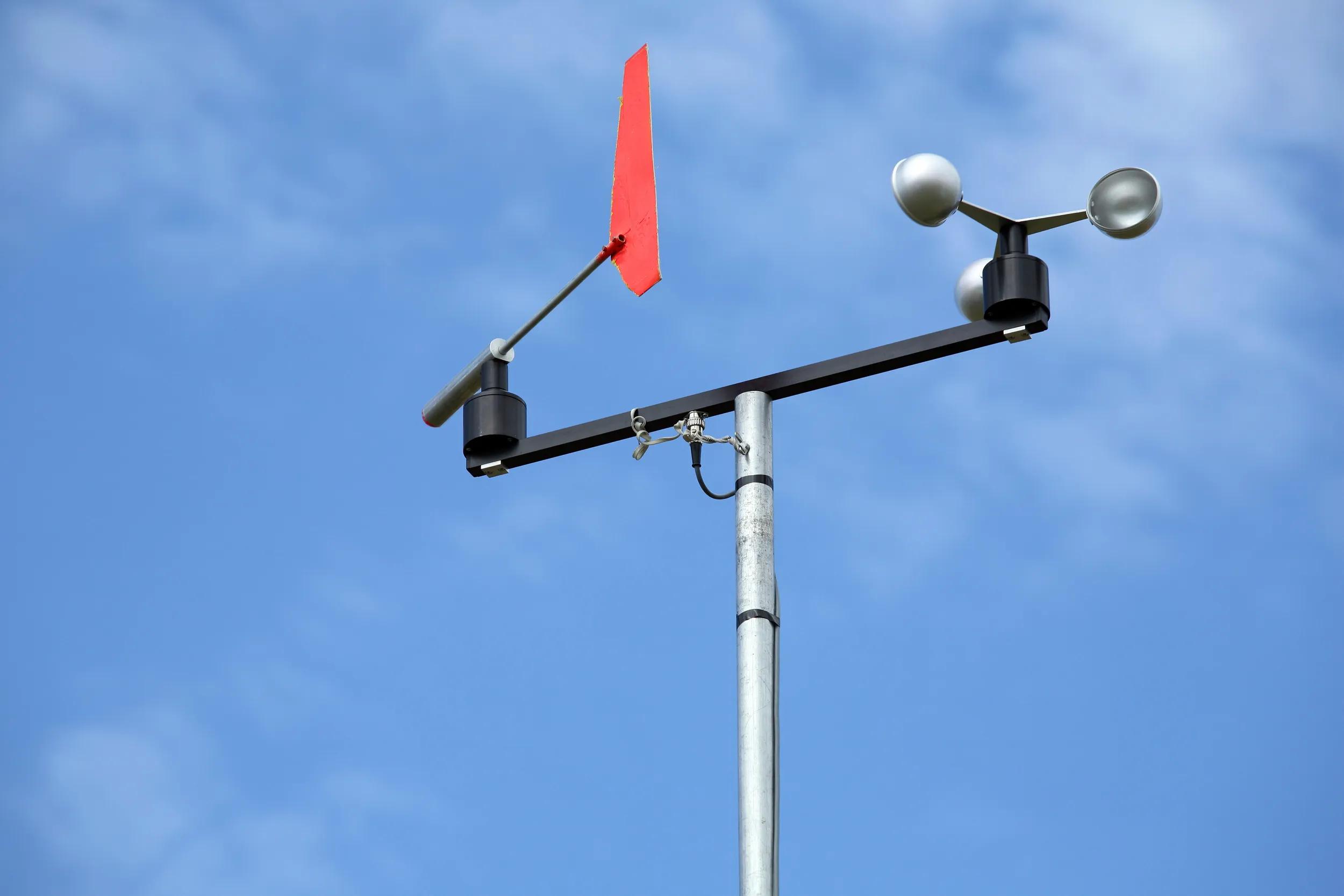Tools and equipment used to measure the weather or find data from weather systems are known as weather instruments. Scientists and meteorologists use weather instruments to understand Earth's weather and climate better. This comprehensive list will give you a better understanding of the most prevalent types of weather measuring instruments and how they work. What follows is all the information you need to answer the question, "How to measure weather?"
Weather Monitoring
A variety of instruments are used to monitor the weather. Aside from temperature and precipitation totals, these weather instruments can also provide information on wind speed, direction, and atmospheric pressure. In the following sections, learn more about some of the most commonly used weather instruments.
The thermometer
A thermometer displays and measures the temperature at any given time. Using a weather thermometer, you can find out how cold or hot it is. The most commonly found liquids inside a weather thermometer's closed glass tube are alcohol or mercury.
The liquid inside the thermometer tube expands as the air around it heats up. A scale usually indicates the temperature on either side of the box, which you can see where the liquid halts on the scale to measure. Weather forecasting relies heavily on this piece of equipment.
Weather Vane
A wind vane, also known as a weather vane, is a device that displays the current wind direction. Most often, they can be found perched atop a structure. The most common design is an arrow-shaped weather vane with letters indicating north, south, east, or west. The arrow spins freely due to the wind, pointing in the wind direction. Even though weather vanes serve a purpose, they are usually merely decorative and placed at the top of a building.
Weather vanes are used in places with windy weather. When the wind is strong enough, the head of an arrow will indicate the direction of the wind. The reason for this is that the wind vane's point faces the direction of the wind. Due to its more significant end, there is less resistance to flow in front of the wind vane. The weight on either side of a wind vane must be equal if the weather vane functions appropriately.
Barometer
A barometer consists of a glass tube about three feet high that has one open end and one closed end. A mercury-filled tube is placed upside-down in a mercury-filled container. Due to the mercury level dropping, a vacuum is created at the tube's apex.
Like a weighing scale, these weather measuring instruments balance the weight of heavy metals in their glass tube against atmospheric pressure. Following a period of equilibrium, the pressure is measured by taking an analogue reading of the mercury's height in the container.
Rain Gauge
In a specific location and over a particular period, the amount of downpours that have fallen is measured by a rain gauge. The rainwater collected by this weather tool is stored in a container in an open area.
A rain gauge is a relatively simple piece of machinery that measures rainfall. It's just a cylinder that holds water. An inch of water has fallen when rain falls into the cylinder. Typically, rain gauges have a wide channel leading into the canister. When it's below freezing, the rain gauges are usually warmed up.
Hygrometer
One uses a hydrometer to quantify the amount of water vapour in an atmosphere. So when you talk about humidity, you're talking about how 'wet' the air around you is. Electronic metres and hygrometer apps are two examples of hygrometers that people use to evaluate humidity and water vapour. An electronic hygrometer measures resistance in a sample of air and then calculates the moisture based on this data.
Also read about:
Best Australian Forex Platforms That Beginners Must Know About
Easy And Fun To Play Rummy Online Anyone Can Do It
Rummy Most played card game of the modern era

